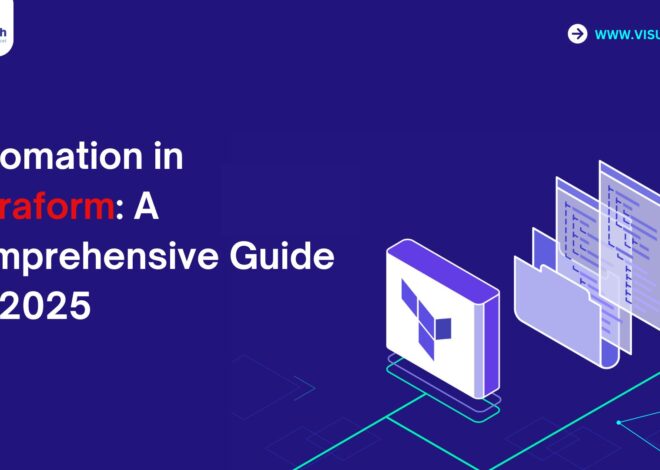Terraform, developed by HashiCorp, is an open-source Infrastructure as Code (IaC) tool that enables users to define and provision data center infrastructure using a high-level configuration language. Terraform functions play a crucial role in enhancing the flexibility and power of these configurations, allowing users to manipulate and manage infrastructure variables and resources more effectively.
Understanding Terraform Functions
Terraform functions are built-in methods that perform various operations and calculations within Terraform configuration files. These functions help manage data, transform resource attributes, and dynamically generate configuration values, making the infrastructure code more modular, reusable, and adaptable.
Types of Terraform Functions
Terraform offers a wide range of functions categorized into several types:
- String Functions: These functions manipulate string data. Examples include concat, split, replace, and trimspace.-
- concat(“Hello”, ” “, “World”) results in “Hello World”.
- split(“,”, “a,b,c”) results in [“a”, “b”, “c”].
- Numeric Functions: These functions perform arithmetic operations. Examples include min, max, abs, and ceil. Terraform Automation in Azure Cloud Training
- min(1, 2, 3) results in 1.
- ceil(1.2) results in 2.-
- Collection Functions: These functions operate on lists, maps, and sets. Examples include length, merge, keys, and values. Terraform Automation in Azure Online Training
- length([1, 2, 3]) results in 3.
- merge({a = 1}, {b = 2}) results in {a = 1, b = 2}.
- Date and Time Functions: These functions manage date and time data. Examples include timestamp, timeadd, and formatdate.
- timestamp() results in the current date and time in RFC 3339 format.
- timeadd(“2024-01-01T00:00:00Z”, “1h”) results in “2024-01-01T01:00:00Z”.
- File Functions: These functions handle file data. Examples include file and templatefile.-
- file(“path/to/file”) reads the file content.
- Encoding Functions: These functions encode and decode data. Examples include base64encode, base64decode, and jsonencode.
- base64encode(“Hello World”) results in “SGVsbG8gV29ybGQ=”.
Using Terraform Functions
Terraform functions are used within expressions in configuration files. For instance, to create a dynamic resource name, you can use string functions:
hcl
Copy code
resource “aws_instance” “example” {
instance_type = “t2.micro”
ami = “ami-123456”
tags = {
Name = “${concat(“web-server-“, var.environment)}”
}
}
In this example, the concat function dynamically generates the instance name by concatenating the strings “web-server-” and the value of the var.environment variable.- Terraform Automation Online Training
Conclusion
Terraform functions significantly enhance the capability and flexibility of Terraform configurations. By leveraging these functions, users can write more dynamic, reusable, and efficient infrastructure code. Understanding and utilizing the various types of Terraform functions can greatly improve the manageability and scalability of infrastructure as code, making Terraform a powerful tool for modern infrastructure management.
Visualpath is the Best Software Online Training Institute in Hyderabad. Avail complete Terraform Online Training worldwide. You will get the best course at an affordable cost.
Attend Free Demo
Call on – +91-9989971070
WhatsApp: https://www.whatsapp.com/catalog/917032290546/
Visit: https://visualpath.in/terraform-online-training-in-hyderabad.html




